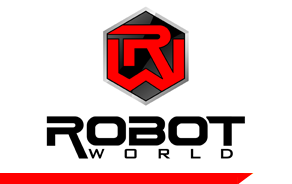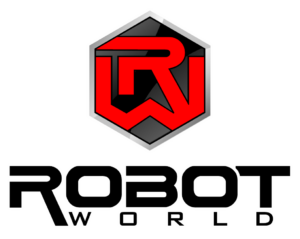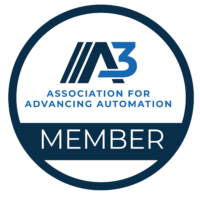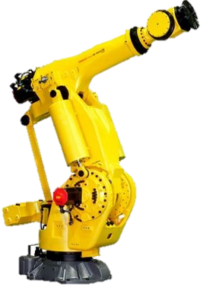Most industrial robots are comprised of grabbing elements connected to computer-controlled moving parts with the varieties named in part based on how they move. Six-axis robots resemble thick arms rising out of the ground and are capable of complex and precise motions while holding various tools. SCARA (Selective Compliant Assembly Robot Arms) units are lightning-fast and great for producing electronics or small machinery. The other common robot type, Cartesian robots, see avid use in the surging industry of three-dimensional printing. Each has their own benefits and downsides that should be analyzed further.
It’s also possible to have a custom robot engineered, but this can be prohibitively expensive compared to purchasing a pre-built model.
Map Out the Intended Application
Take measurements for every function you intend the robot to perform. For example, if you wanted to use a robot to paint a design on an intricate door, you should measure the dimensions of the door and determine how each one will be delivered to and taken from the painting robot.
Consider Alternative Uses
Eventually, the process for which you buy the robot may become obsolete, but the machinery will still be in your possession and capable of performing other tasks. If you determine that a specific model is capable of handling the job, you’ll want to consider possible ways to repurpose it in case of such a change.
Contact an Industrial Robotics Expert
Having an expert on hand who can help parse through the industry jargon of robot manufacturers and tell you the pros and cons of every make and model can make the difference between wasting tens of thousands or creating a new assembly line that skillfully assembles a new future for your company.
For professional robotic services, contact Robot World today!



